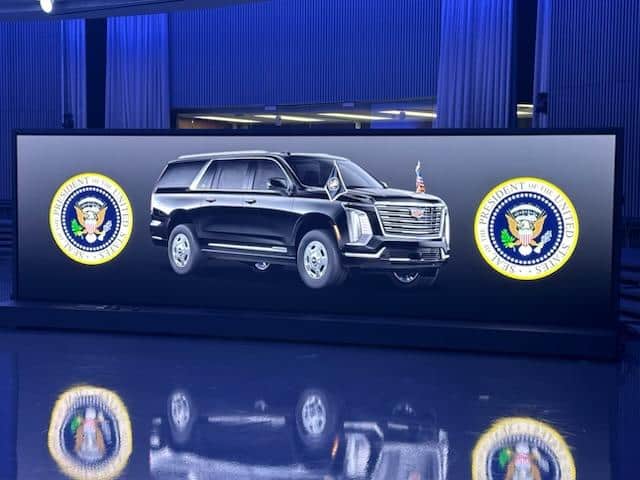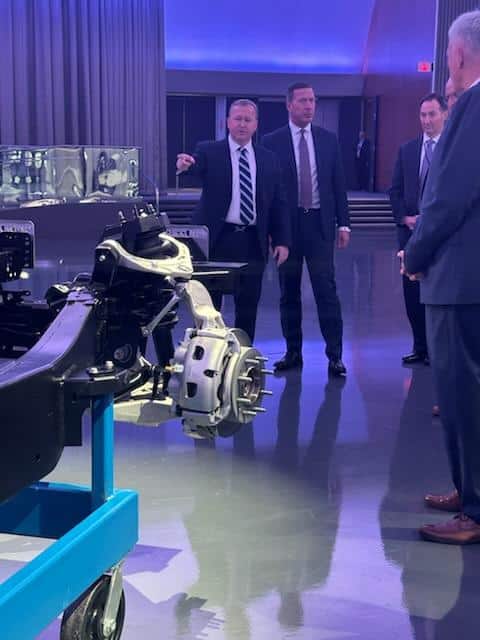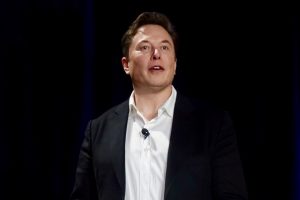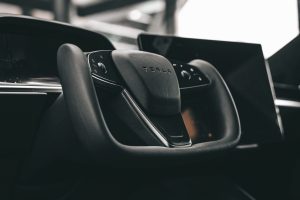Key Takeaways
- The U.S. Secret Service is in early discussions with General Motors (GM) for a potential supply of next-generation armored SUVs.
- Secret Service Director Sean Curran met with GM executives to explore advancements that could enhance the armored fleet.
- Current presidential transportation includes an armored Chevy Suburban, with no clear timeline for the introduction of new SUVs.
- The Secret Service emphasized the long-term development involved in creating advanced armored vehicles.
- Discussions in the thread suggested that Tesla’s Cybertruck might be a viable option for the Secret Service.
- CEO Elon Musk refuted claims about a $400 million Cybertruck order, labeling the reports as potentially inaccurate.
- State Department documents reportedly listed an estimated cost for Cybertrucks, later clarified as not finalized.
As technological advancements shape the future of security, the U.S. Secret Service is making strides to ensure their armored vehicle fleet remains state-of-the-art. Recent discussions with General Motors (GM) highlight an ongoing commitment to evolving their protective measures, offering intriguing possibilities for the future of presidential transportation.
Current State and the Need for Innovation
The armored Chevy Suburban has long been the workhorse of presidential security. However, given the dynamic nature of security threats, staying ahead of potential risks necessitates continuous innovation. Hence, the Secret Service’s discussions with GM signal an intention to explore the frontier of armored vehicle technology.
Exploring a Partnership with General Motors
1. Initial Discussions: The Secret Service, led by Director Sean Curran, has initiated early talks with GM executives. These discussions aim to explore technology advancements that could benefit next-generation armored SUVs. This collaboration could potentially usher in a new era of robust and technologically advanced protective vehicles.
2. GM’s Role: General Motors, known for producing durable and reliable vehicles, is a logical partner in developing a fleet that meets the Secret Service’s high standards. Their expertise and innovation-driven mindset make them ideal for taking on the challenge of creating armored vehicles that can withstand evolving threats.


The Potential Pivot to Tesla’s Cybertruck
1. Discussions and Speculations: Amid discussions with GM, there was speculation regarding the inclusion of Tesla’s Cybertruck in the Secret Service fleet. With its futuristic design and bullet-resistant stainless steel exterior, the Cybertruck emerges as a compelling option for armored security.
2. Controversies and Clarifications: A potential $400 million order for the Cybertruck was widely reported, only to be refuted by Tesla CEO Elon Musk. He labeled these reports as inaccurate, highlighting the complexities and rumors that often surround government procurement processes.
Developing the Next-Gen Presidential Limousine
Creating a next-generation armored SUV isn’t just about aesthetics or luxury. The development involves years of engineering, technical security, and protective operations. Here are the anticipated advancements:
- Enhanced Protective Features: Incorporating bullet-resistant materials, enhanced explosion mitigation, and innovative threat detection technologies.
- Advanced Communication Systems: Ensuring reliable and secure communication channels are integrated within the vehicle.
- Sustainability Factors: Exploring eco-friendly technologies and materials to align with broader sustainable practices.
Learning Points from State Department’s Experience
In contrasting the Secret Service’s approach, the State Department’s experience with Tesla provides critical learning points. Miscommunications and speculation around the procurement list emphasize the need for clarity and precision in such high-stakes negotiations.
A Forward-Looking Approach
The partnership exploration with GM and the potential consideration of Tesla’s Cybertruck exemplify the U.S. Secret Service’s proactive approach in ensuring the highest standards of presidential protection. As these discussions progress, stakeholders and the public alike will eagerly watch the evolution of these high-security vehicles.





